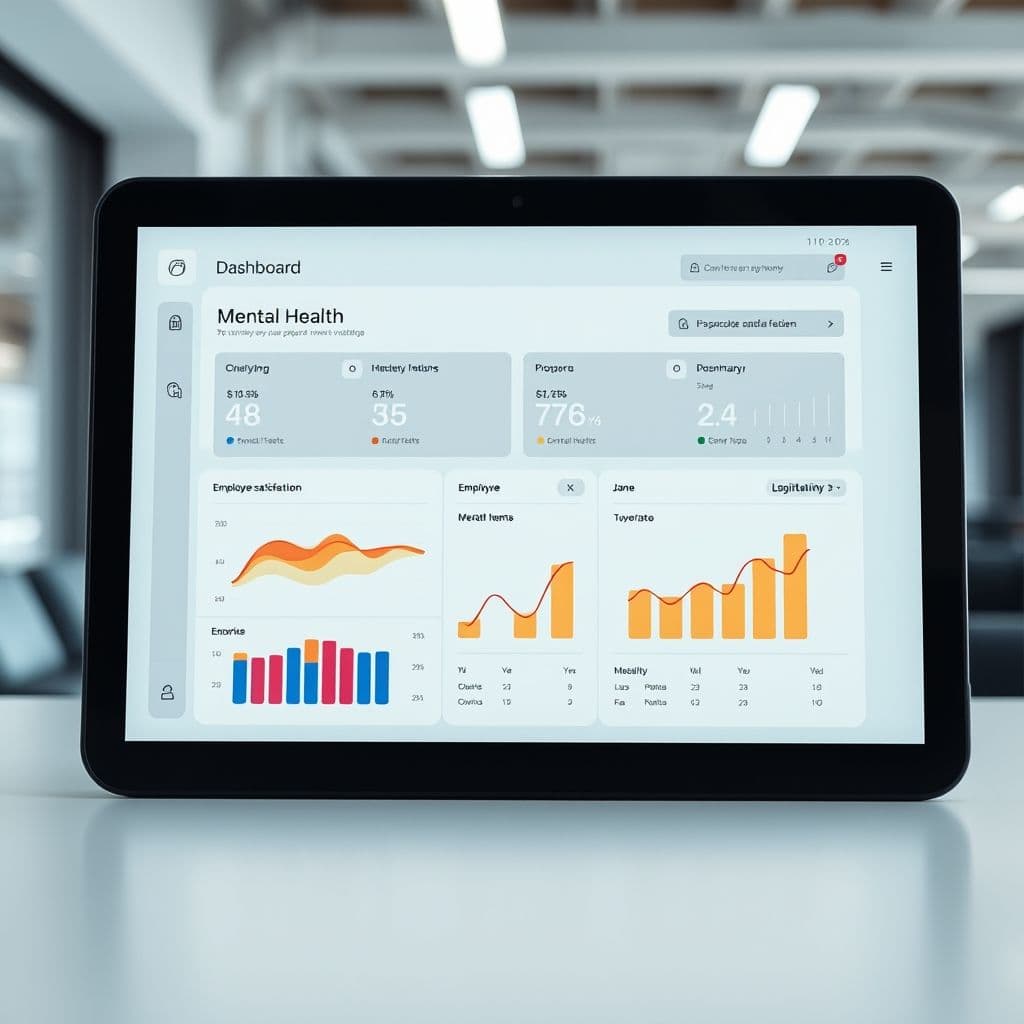The Corporate Burnout Crisis: A SaaS Solution for Workplace Well-being

Corporate burnout is reaching epidemic levels, with employees feeling trapped in a cycle of overwork, underpayment, and emotional exhaustion. The viral TikTok rant by Julia Reiner highlights a growing sentiment: corporate America is failing its workforce. But what if a SaaS platform could bridge the gap between employee well-being and employer accountability?
The Problem: Corporate Burnout and Financial Stress
The modern corporate environment is plagued by systemic issues: unrealistic workloads, stagnant wages, and a culture that prioritizes profit over people. Employees like Julia describe feeling 'overworked, underpaid, and emotionally drained,' with little hope for change. The financial strain of student loans, rising living costs, and inadequate savings only exacerbates the problem. Comments on Julia's video reveal a widespread disillusionment, with phrases like 'corporate hellscape' and 'crashing out' becoming common refrains.

Idea of SaaS: A Platform for Workplace Well-being
Imagine a SaaS platform designed to tackle corporate burnout head-on. This hypothetical tool would offer employees personalized mental health resources, burnout assessments, and guidance for transitioning to more fulfilling careers or side hustles. For employers, it would provide anonymized analytics on team morale, burnout risks, and workplace satisfaction, enabling data-driven improvements to company culture.
Key features could include real-time mood tracking, anonymous feedback channels, and curated resources for stress management and financial planning. By bridging the gap between employee needs and employer awareness, this platform could foster healthier, more sustainable workplaces.

Potential Use Cases
This SaaS solution could benefit both employees and employers. For employees, it offers a lifeline—tools to assess burnout, explore alternative career paths, and access mental health resources. For employers, it provides actionable data to reduce turnover, improve productivity, and create a more supportive work environment. Companies could use the platform to identify toxic patterns, measure the impact of policy changes, and ultimately, retain happier, healthier teams.
Conclusion
The corporate burnout crisis demands innovative solutions. While this SaaS idea is purely hypothetical, it represents a potential pathway to healthier workplaces. By addressing both individual and systemic issues, such a platform could transform how we think about work, well-being, and employer accountability.
Frequently Asked Questions
- How feasible is this SaaS idea for addressing corporate burnout?
- While challenging, the idea is grounded in real needs. Employee well-being tools are gaining traction, and employers are increasingly aware of burnout's costs. Success would depend on adoption, data privacy, and genuine employer commitment to change.
- What are the biggest hurdles for such a platform?
- Key challenges include ensuring employee anonymity, securing employer buy-in, and balancing actionable insights with privacy concerns. The platform would also need to avoid becoming just another corporate surveillance tool.
- Could this SaaS idea help with financial stress?
- Indirectly, yes. By integrating financial wellness resources and side-hustle guidance, the platform could empower employees to explore alternatives to traditional corporate roles, potentially easing financial pressures.


